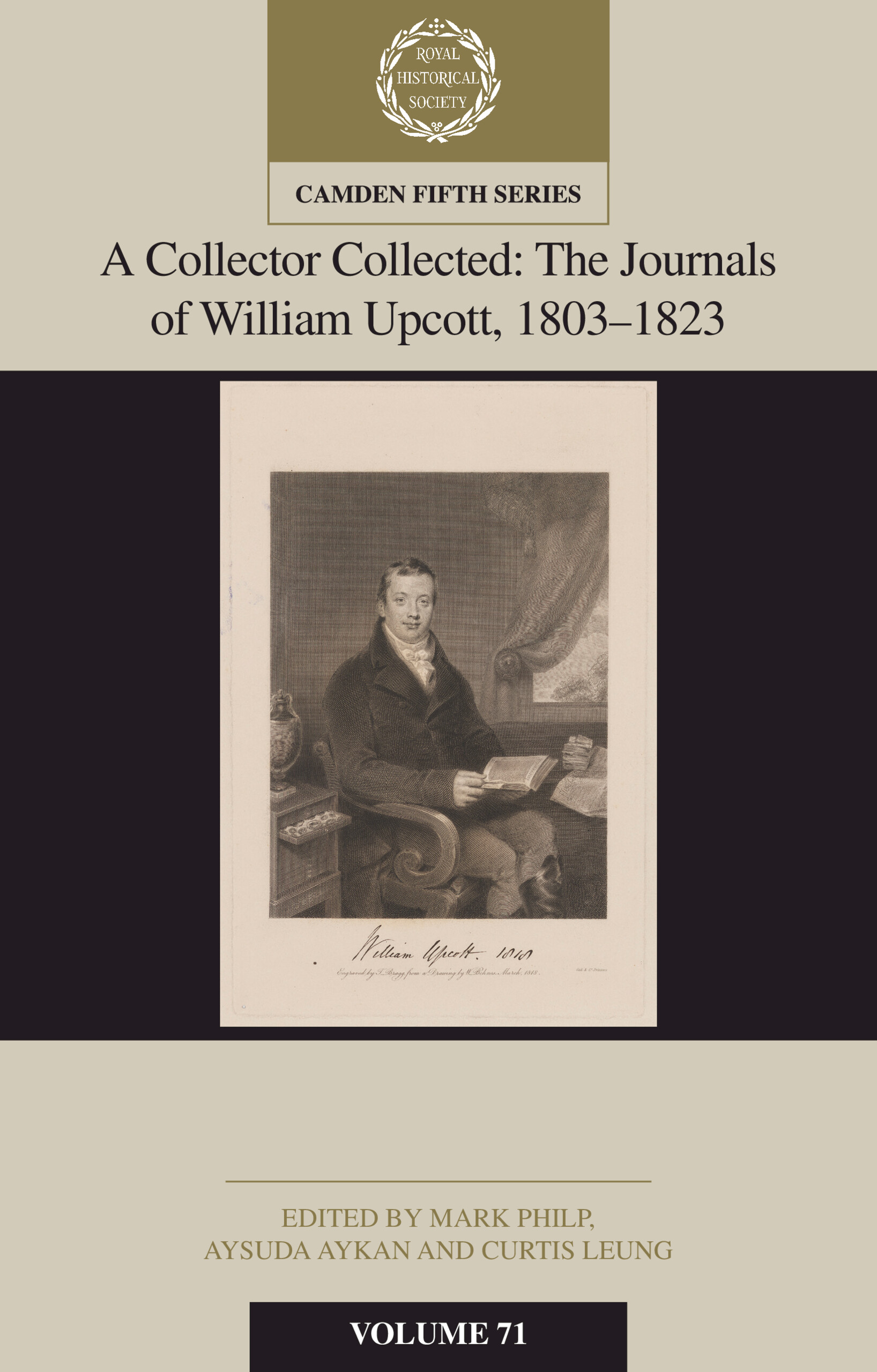
Figure 4. Sample page from Accounts of Lady Brooke, 1643–1644, WCRO, CR1886, TN12, p. 1.
[Title page]
The book of the whole year's charges and disbursements at Brooke House, ending 2 March 1644.
[p. 1]
Expenses and provisions for diet, grocery, wood, coal, candles, reparations, taxes, payments, gifts, gardens, stables, travelling charges, and all other household necessaries.

[p. 2]
Ad hoc expenses &c.

[p. 3]
Ad hoc expenses &c.

[p. 4]
Ad hoc expenses &c.

[p. 5]
Ad hoc expenses &c.

At which time Mr Smyth discontinued caterer and left unpaid the bills following (vizt):

[p. 6]
Ad hoc expenses &c.

[p. 7]
Ad hoc expenses &c.

[p. 8]
Wages

[p. 9]
Ad hoc wages

[p. 10]
Ad hoc wages

[p. 11]
Apparel

[p. 12]
Ad hoc apparel

[p. 13]
Ad hoc apparel

[p. 14]
My Lord's Office & Wardship

[p. 15]
Lent to be paid

Note I received of my Lady for Monsieur St Giles xxli which I paid to him and only insert it here for a remembrance
[p. 16]
A breviat of the disbursements aforesaid
In the title of expenses &c

Note the right honourable the Earl of Bedford hath paid hereof as by the receipts appeareth for diet 20-10-00 for stable 15-18-00
Note My Lady NewportFootnote 350 is also to pay for her own & 3 servants diet for a year 93-12-00
In the title wages

Note Mr Sadler and Mr Sterry are not yet paid their stipends.
In the title apparel

Note that beside this the executors paid for the mourning, and my Lady paid for her own apparel.
The total charge of housekeeping with the stable, wages & apparel } 1761-00-07

[p. 17]
Receipts out of the revenue of the right honourable Katherine, Lady Brooke, and Francis, Lord Brooke, her son in the year ending 2 March 1644 which were paid towards the disbursements of housekeeping in the same year.

[p. 18]

[p. 19]

[p. 20]

Which said receipts being promiscuously set down as they were received may be reduced unto these heads following (vizt)



[p. 21]


[p. 22]
The general receipts of Mr Henry Hunt, receiver, out of the revenue of the right honourable Francis, Lord Brooke and jointureFootnote 353 of Katherine, Lady Brooke his mother, at the rent days of Lady Day 1643, and Michaelmas 1643. The particulars thereof appeareth by the rent books and other papers under his hand (vizt).
Out of Lady Day 1643 Michaelmas 1643

[p. 23]
Mr Ingram's receipts out of the manor of Hackney at Lady Day 1643 and Michaelmas 1643
Lady Day 1643 Michaelmas 1643

A breviat of the aforesaid receipts


Note that amongst the said receipts 459-00-11½ is my Lady's jointure (vizt), half the rents received at Kinwarton, Oversley, Hackney, with half the money received for Bunnell trees sold at Hackney, and all the rent received at Admington.
[p. 24]
I, Katherine, Lady Brooke, guardian to my son Francis, Lord Brooke, have perused the book of accounts, and have also caused the same to be perused, and do allow and approve of the same, and of all the receipts, disbursements, and payments therein contained, the same being done by, and according to, my direction, and appointment. Witness hereunto my hand, 10 March 1644.
Katherine Brooke



